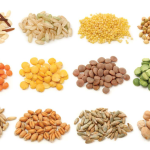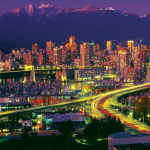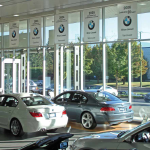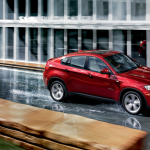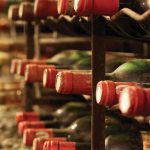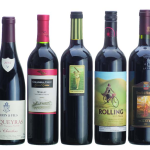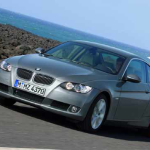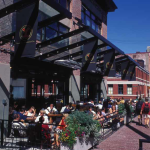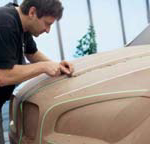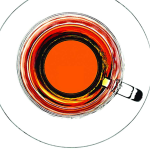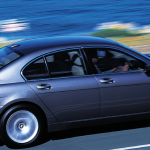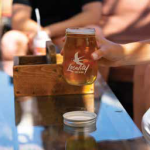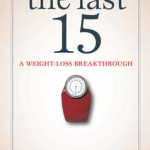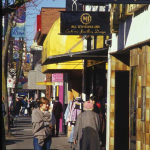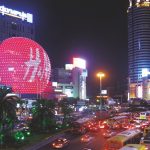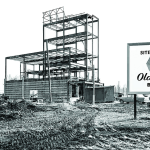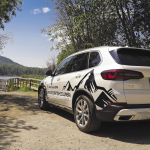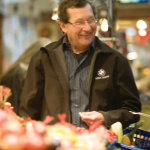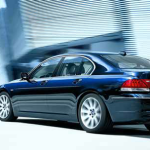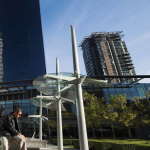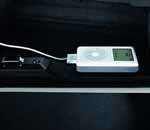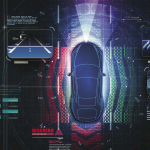
Everybody is talking about itthese days; every street corneryou turn, every radio station, newspaper, magazine; people are talking about GREEN. As more and more of the icebergs are melting down in the poles, the global climate change is inevitable; the chains of hurricanes hitting the Gulf of Mexico, flooding rain in Europe and Asia; one must be absolutely ignorant to believe that we are not affected by this. In order to reduce the impact of global warming, we are told to reduce our carbon footprint by leaving our cars at home and take the transit, among other suggestions. For those of us who absolutely strive forthe thrill of driving and care forthe environment, there are ways for us to coexist. Driving responsibly with the environment in mind could make a big difference in the amountofpollution we are putting into our atmosphere, and here are a few practical tips:
Drive a Diesel Vehicle
Let’s face it, horsepower is irresistible! But indulging it in today’s world would make us seem irresponsible to the environment and the future. Luckily, there is a way out! I am not talking about those hybrids and electric vehicles withoutthe sound and torque of proper combustion-engine-driven machines, but a REAL car. BMW is proud to bring two models ofthe highly regarded diesel variations to Canada in 2009. Diesel BMWs have been very popular in Europe for the past few decades as the EU are fueled by a healthy supply of diesel, which is becoming the case here in Canada.
However, as petrol supply could no longer satisfy the demand, we are seeing a comeback of diesel engines in North America. The simple fact is, diesel cars are more fuel efficient compared to the petrol counterpart. Let’s use the new 2009 BMW 335d as an example, the average fuel consumption is a mere 7.1 Liters/100Km; that is highly comparable to an average Japanese economic car in the market. This is an incredible number considering it having 265Hp and a whopping 465 lb/ft oftorque underthe hood.
With the uncompromised luxury and safety features of BMW, you will sure enjoy as much driving as you have always been while helping with our environment. Need more traction and room for your adventurous getaways? Don’t worry! With the new 2009 BMWX5 xDrive 35d coming to Brian Jessel BMW later in 2009, you are leaving less carbon footprint into the wilderness.
Sponsored Ads
Green Travel
Speaking of driving, there are a few tips that could help you pamper our environment while cornering on the roads, follow them, and the earth will thank you for it!
Pump your Tires
Perhaps one of the easiest things to do to your vehicle to make it greener is keeping your tires inflated. Fuel consumption drops while driving with under-deflated tires. As a matter of fact, driving your car with just one tire under-inflated by eight pounds per square inch reduces the life of your tires by 15,000Km; putting things into perspective, that is driving a round trip from Vancouver to Toronto twice!! At the end of the day, where do all the unwanted tires go? Follow these simple steps to maintain your tires:
1. Measure your tire pressure once a month.
2. Find the recommended tire inflation pressure on your vehicle’s placard by looking up your owner’s manual for its location.
3. Only measure the tire pressure when your tires are cold. For example, having your car rested for at least 3 hours.
4. Inflate each tire to the recommended tire pressure, including your spare tire (you don’t want lose your last resort!)
Not Too Hard on your Gas and Brakes
However tempting it is to drive a “lil’faster” on the open highway, you will almost always be punished by the authority (speeding tickets), and most important ofall, it is not safe foryou, yourpassengers, and people who share the road. As if the above were not enough to slow you down, here it is the fact: With most vehicles, increasing your cruising speed from 100Km/h to 120 Km/h increase fuel consumption by about 20%. In other words, ifyou know you’re going to be late, don’t be! Plan ahead and save fuel.
On the contrary, slowerisn’tthatmuch betteron fuel either; thatis, ifyou are not doing itright. Some drivers thoughtitis saferto have both feeton the paddles; one foot on the gas, and the other on the brakes. This is a very dangerous practice as it will heat up your brake pads, decreasing your braking power when you need them. It addition, by doing so increases fuel consumption; in other words, you are not doing yourself or everyone else’s favor by it.
Other Tips to Make You a Smarter Driver
• Avoid rapid acceleration and heavy braking. Driving aggressively can lower gas mileage by as much as 33% on the highway and 5% on city streets. Slow down, and enjoy the scenery and scents from nature.
• Remove all unused roof and rear-mounted racks. Even empty racks increase aerodynamic drag and increase fuel consumption.
• During the snowy winter days, knock off big chucks of ice buildup under your car and around wheel wells as it adds weight and rubs against yourtires causing increased rolling assistant. Also, clear off all the snow, including the rooffor safety as well as fuel eoncomy; snow piled on top of vehicle increase aerodynamic drag and vehicle weight.
Sponsored Ads

Green Glossary
There are terms that you have heard over the topic on Green Living or will come across when research on various green topics when considering for the environment. To make you a more knowledgeable Green Advocate, we have prepared a Green Glossary for you:
FAIR TRADE refers to products created ethically-with sustainable farming methods, support for local communities’ economic development, and safe, equitable working conditions.*
ORGANIC foods and fibers must be certified by the U.S. Department of Agriculture, whose standards prohibit the use of most conventional pesticides or fertilizers made with synthetic ingredients. (A “pesticide-free” label alone, however, doesn’t qualify something as organic.)*
RECLAIMED OR RECYCLED materials are rescued from the garbage dump and turned into new products (plastic bottles reborn as fleece jackets; old magazines become packaging).*
RENEWABLE resources can be replenished, so they’re not permanently depleted- alternate-energy sources such as solar or wind power instead of nonrenewable oil, or fast-growing plants like bamboo.*
SUSTAINABLE practices do no lasting harm to the Earth’s resources, valuing the survival of future generations over immediate needs.*
VEGAN is a form of vegetarianism that excludes all animal ingredients or by products such as leather and wool.*
CARBON DIOXIDE (CO2) is a colorless, odorless, non-poisonous gas that is a normal part of the ambient air. Carbon dioxide is a product of fossil fuel combustion. Although carbon dioxide does not directly impair human health, it is a greenhouse gas that traps terrestrial (i.e., infrared) radiation and contributes to the potential for global warming.+
CARBON FOOTPRINT is the total amount of greenhouse gases produced to directly and indirectly support human activities, usually expressed in equivalent tons of carbon dioxide (CO2). BeGreen’s carbon calculator considers the major activities that add greenhouse gases to the atmosphere: driving, flying, and using electricity and natural gas.+
CARBON SEQUESTRATION is the uptake and storage of carbon. Trees and plants, for example, absorb carbon dioxide, release the oxygen and store the carbon. Fossil fuels were at one time biomass and continue to store the carbon until burned.+
DEFORESTATION are those practices or processes that result in the conversion of forested lands for non-forest uses. This is often cited as one of the major causes of the enhanced greenhouse effect for two reasons: 1) the burning or decomposition of the wood releases carbon dioxide; and 2) trees that once removed carbon dioxide from the atmosphere in the process of photosynthesis are no longer present.+
GREENHOUSE EFFECT is the trapping and build-up of heat in the atmosphere (troposphere) near the Earth’s surface. Some of the heat flowing back toward space from the Earth’s surface is absorbed by water vapor, carbon dioxide, ozone, and several other gases in the atmosphere and then reradiated back toward the Earth’s surface. If the atmospheric concentrations of these greenhouse gases rise, the average temperature of the lower atmosphere will gradually increase.+
GREENHOUSE GAS (GHG) is any gas that absorbs infrared radiation in the atmosphere. Greenhouse gases include, but are not limited to, water vapor, carbon dioxide (CO2), methane (CH4), nitrous oxide (N2O), chlorofluorocarbons (CFCs), hydrochlorofluorocarbons (HCFCs), ozone (O3), hydrofluorocarbons (HFCs), perfluorocarbons (PFCs), and sulfur hexafluoride (SF6).+
REFORESTATION is replanting of forests on lands that have recently been harvested.+
RENEWABLE ENERGY is energy obtained from sources that are essentially inexhaustible, unlike, for example, the fossil fuels, of which there is a finite supply. Renewable sources of energy include wood, waste, geothermal, wind, photovoltaic, and solar thermal energy.+
*Information provided by greenliving +Information provided by begreennow.com
































